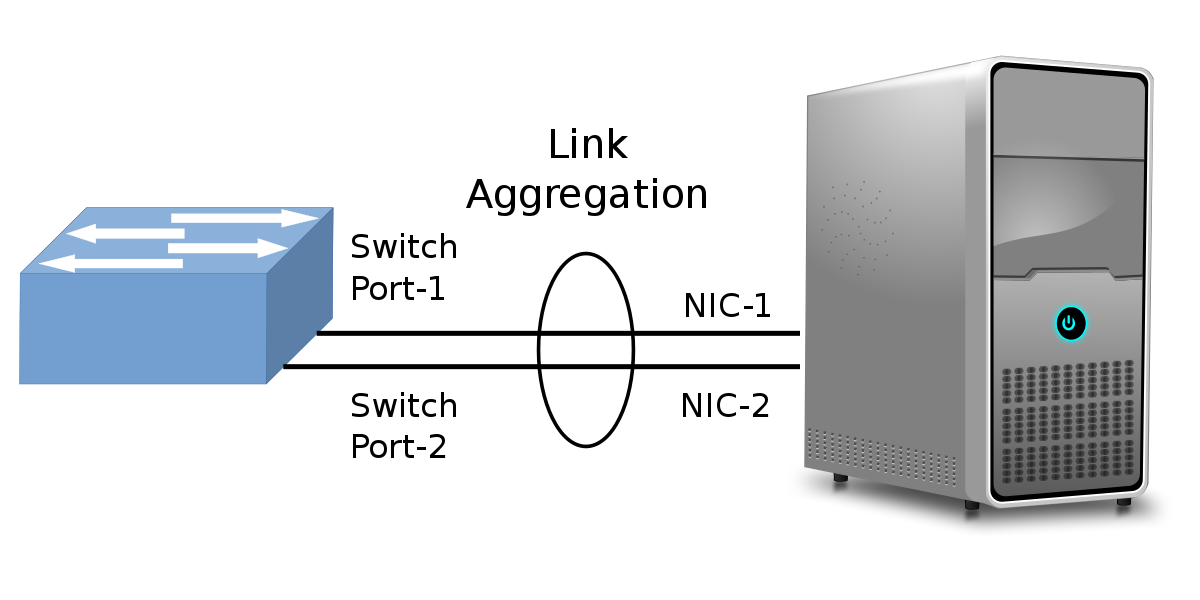Exponential
Occasional Visitor
Hi all,
I'm a complete novice when it comes to networking in general and would like some assistance if possible....
As a small business owner, I thought it best to invest in a NAS to store my business critical data along with my personal files etc etc so I went out and bought a QNAP464TS and filled it with N300 HDD's.
I'm learning more and more each day and have managed to configure it as best I can but there's room for improvement as always.
Anyway, doing this has led me down a rabbit hole of upgrades and I've ultimately hit a bit of a weird snag with my latest ridiculous investment....a managed switch.
So originally, I bought a TP-Link 8 Port unmanaged switch - TL-SG108-M2 and all was going well then I had an idea, surely a managed switch would boost my speeds even more!! How wrong I was!!
I went out and bought a QNAP QSW-M2108r-2C thinking that this device would somehow magically do some trickery and increase my network speeds, it did nothing of the sort and has actually REDUCED my speeds!!
How is this possible? Now there are multitude of settings built into it which are beyond my comprehension but I was under the assumption that leaving it to factory default would be ok.
I am on a BT 500 FTTP service with ONT at the living room wall.
My router is an ASUS AX GT6000 running Merlin and SKYNET with advanced configurations set from following a well known youtuber so I'm quite certain that the set up is correct on that end.
I'm thinking I should just put the unmanaged switch back and sell (at a loss) the new managed switch which I've just bought to save me the hastle!!
Any help or questions please ask...........
Cheers.
I'm a complete novice when it comes to networking in general and would like some assistance if possible....
As a small business owner, I thought it best to invest in a NAS to store my business critical data along with my personal files etc etc so I went out and bought a QNAP464TS and filled it with N300 HDD's.
I'm learning more and more each day and have managed to configure it as best I can but there's room for improvement as always.
Anyway, doing this has led me down a rabbit hole of upgrades and I've ultimately hit a bit of a weird snag with my latest ridiculous investment....a managed switch.
So originally, I bought a TP-Link 8 Port unmanaged switch - TL-SG108-M2 and all was going well then I had an idea, surely a managed switch would boost my speeds even more!! How wrong I was!!
I went out and bought a QNAP QSW-M2108r-2C thinking that this device would somehow magically do some trickery and increase my network speeds, it did nothing of the sort and has actually REDUCED my speeds!!
How is this possible? Now there are multitude of settings built into it which are beyond my comprehension but I was under the assumption that leaving it to factory default would be ok.
I am on a BT 500 FTTP service with ONT at the living room wall.
My router is an ASUS AX GT6000 running Merlin and SKYNET with advanced configurations set from following a well known youtuber so I'm quite certain that the set up is correct on that end.
I'm thinking I should just put the unmanaged switch back and sell (at a loss) the new managed switch which I've just bought to save me the hastle!!
Any help or questions please ask...........
Cheers.


